RMI Expeditions Blog
Today we had a long day out of the Salkantay Valley and into the Inca Trail. We enjoyed our first sunny weather and warmed up as we descended into the archeological site of
Paucarcancha. Our horseman left us at Wayllabamba and our porter team loaded up the supplies and took off in a healthy jog to show off how fit they are. We spent the next three hours hiking into a more dense forest and dogging the rain showers that have followed us since day one. We got into some Incan stairs and rocky trail. The Team is doing well and enjoying some rest in their tents. The trip has been amazing and we are all looking forward to the next few days as we get closer to Machu Picchu.
RMI Guide Mike King
Hello!
Huascaran team checking from Camp 1. We left Moraine Camp this morning, and after an hour of steep climbing over the naked granite slabs that the receding ice is leaving uncovered, we ventured another 1,000ft of elevation up glacier.
Seeking camp was tricky, as there's no flat areas, and there's not much snow either to make them at will; digging into the glacial ice at 17,200ft is no fun.
We're cooking dinner now, and soon we will be horizontal, as we're planning on going up early to Camp 2.
Stay tuned for more,
RMI Guide Elías de Andres Martos and team
The team is excited for tonight! Summit time.
We had an early morning training session to prep us for tomorrow by reviewing a few climbing techniques with our crampons and ice axe.
Dasha has done a great job of keep us healthy and satisfied with plenty of good old home cooked Russian food, which includes borsch and plenty of soups and salads. This afternoon the team had a through discussion about tonight's upcoming climb and everyone is packed up and ready. The game plan is to be up at 1am and after a quick breakfast hop on the snowcat to give us a bump a little further up the mountain. This will shorten our climb a little and increase our chance of reaching the
highest point in Europe.
The weather continues to be erratic, the forecast looks good for tomorrow.
Keep your fingers crossed for us!
RMI Guide Casey Grom and team
On The Map
Another sparkling and clear start to the day. Mt. Meru, our 15,000ft neighbor to the west, stood out like an island in the sea of clouds that cover anywhere below 10,000ft. Great views above of the summit as well. Our usual large fresh breakfast then off we went up a nice smooth gentle but steady ascent to the famous
Lava Tower outcropping situated at 15,000ft. Snacks and a lot of breathing then down we went. Two thousand feet lower has us tucked into another beautiful camp called Barranco. The team is a bit tired after what ended up being about an eight-hour day. All is well and looking forward to dinner.
RMI Guide Mark Tucker
On The Map
Today's
Mt. Rainier summit climb teams, led by RMI Guides
Tyler Jones and
Hannah Smith, turned at the top of Disappointment Cleaver (12,300'). The guides reported cold and icy conditions. They are currently on their descent to Camp Muir and will be in Ashford early afternoon.
Last night's unanticipated storm fizzled out a bit after midnight, but the high winds stayed around and buffeted our camp through the night. We woke up at 2:30 am to see if there was any chance of climbing, but heavy gusts made it clear that wasn't an option.
Instead we stayed in bed until almost 8:00 am this morning, only climbing out to hear water for coffee. After a quick breakfast we decided to go on a walk and try for another peak. By 12:30 pm today we were standing on top of Naramdal Peak at 13,405'. The coolest part of Naramdal is that it is the convergence of
Mongolia, China and Russia, so depending how you stand you can be in two or all three countries at once.
We are back in camp now, relaxing and resting. If the weather is good in the morning, we will try to climb Khuiten, then descend to Basecamp. If the weather is not good we will probably get packed up and go down earlier in the morning to avoid the worst of the bad weather that is forecasted for Saturday evening and Sunday.
RMI Guide Eric Frank
Greetings,
A beautiful rain-free day was finally had here in the
Cordillera Blanca. The sun came out and stayed out today, which was perfect for an acclimatization day here at Base Camp at 14,200’. We got up and attempted early this morning to take a quick walk up to the Tocllacoccha overlook (Lake Toclla) to admire the beautiful glaciers pouring off of Tocllaraju into the sparkling bluish green lake below. It stressed our bodies just enough and took us to 15,300’ as we continue our acclimatization process. The afternoon was quite chill, as we took some siestas, and reviewed all of our knots and hitches for our climbs ahead.
On top of all our fun today, the culinary adventure continued. Today, our cook, Emilio, prepared for us Cornish hen eggs and hash browns, potatoes, green beans and avocado salads, popcorn, beef and rice, chickpea soup, and quinoa pudding. All in one delicious day of eats. We’re living so large with our food up here that people down in town would be jealous.
Tomorrow, our process continues as we hope to head to 16,200’, to the toe of the Ishinca Glacier to do some more acclimatizing and and training. We’ll let you know how the views are!
Until then, good night!
RMI Guide Robby Young and Team ‘Well Fed’
Thursday, July 18, 2019
The skies cleared last night after dinner and we got a nice moonlit view of Salkantay. Well fed and feeling the cold in our toes we turned in for the night after a long day. The snow started about 3:00 am and left a thin white blanket on our camp and trail to
Incachiriaska Pass. The Team did well with the altitude and the trail was in great shape with a little snow and moisture. While at the pass the low clouds lifted to provide a spectacular view of Humantay, Salkantay and a few peaks to the North.
We walked in the rain and sleet to our lunch spot and continued after lunch in a nice dry breeze. Our wet rain gear dried out and we enjoyed a nice walk down valley into the small subsistence village of Pampachuana located at 13,120’. The Team is doing great and has really enjoyed the solitude of this trip so far. We are tucked into our tents to avoid the current squall of rain. We are warm, dry and happy.
RMI Guide Mike King
Buenas tardes from Refugio Huascarán.
We are back on the move, and we left town again this morning fully psyched for our last objective.
Huascarán was in view all day from the early morning drive to our 4-hour hike, and it never got any smaller! We are perched at 4,675m, on a beautiful rocky terrace next to the refugio on the edge of the glacial moraine. Our porters are currently helping out with dinner, and we're all hoping to go to bed pretty soon here.
Stay tuned for more,
RMI Guide Elías de Andres Martos and team
Hello again everyone!
Today the team started the day a little earlier with a nice breakfast prepared by Dasha, then set out on our last acclimatizing hike just after 8:00 to make use of the better (firmer) snow conditions and beat the forecasted afternoon storms.
The team did a great job hiking as we made our way up to about
15,000ft in just over three hours, setting a new record for some. We stopped along the way to take a few breaks and enjoy the intermittent views as the weather flipped between sun breaks and small snow squalls.
After reaching our high point we made our way back to camp just in time for another enjoyable lunch.
The afternoon was spent around camp just relaxing in our little huts after our big day.
RMI Guide Casey Grom and team







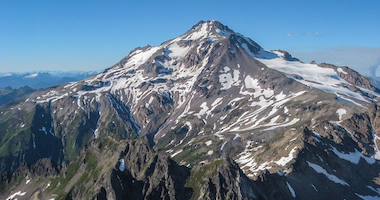


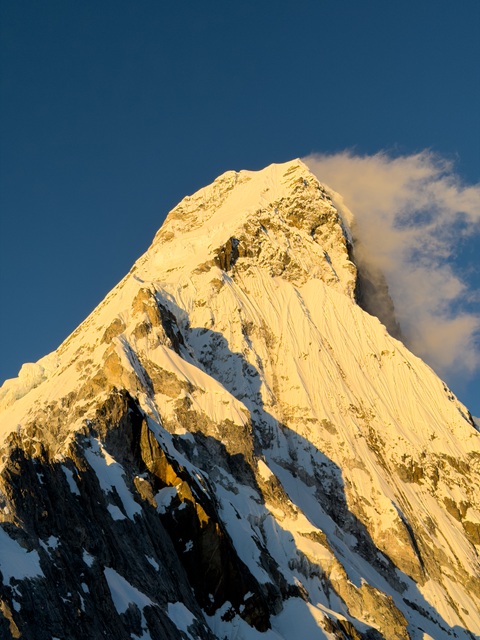
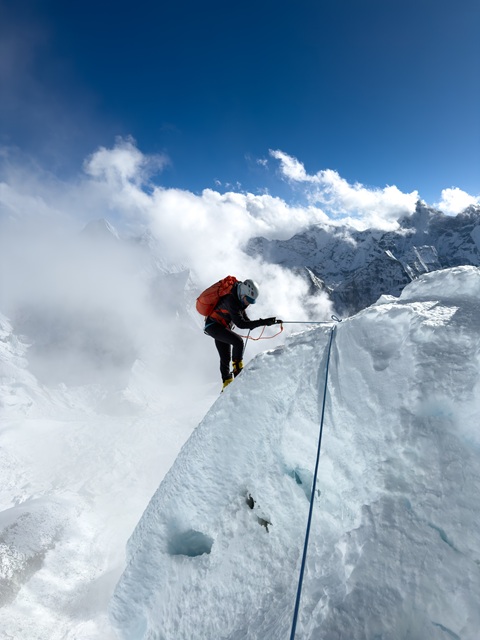
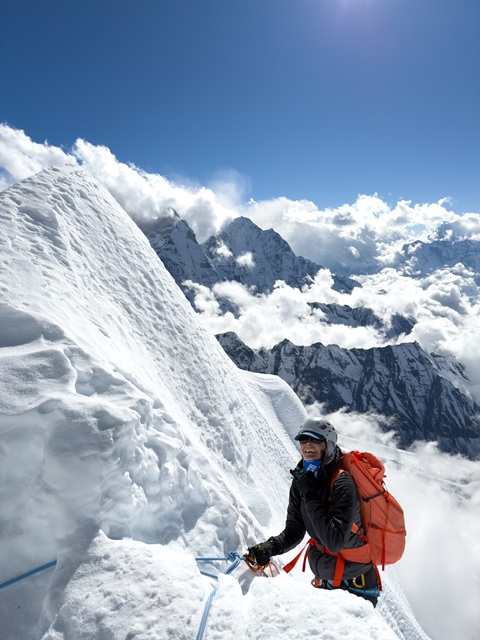
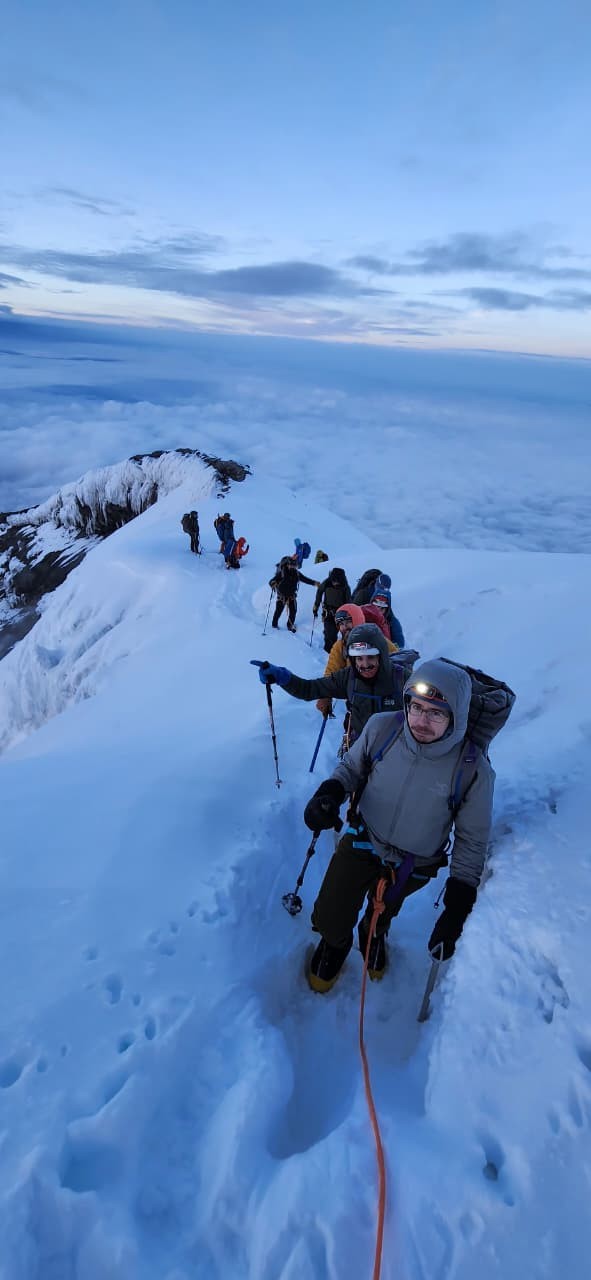
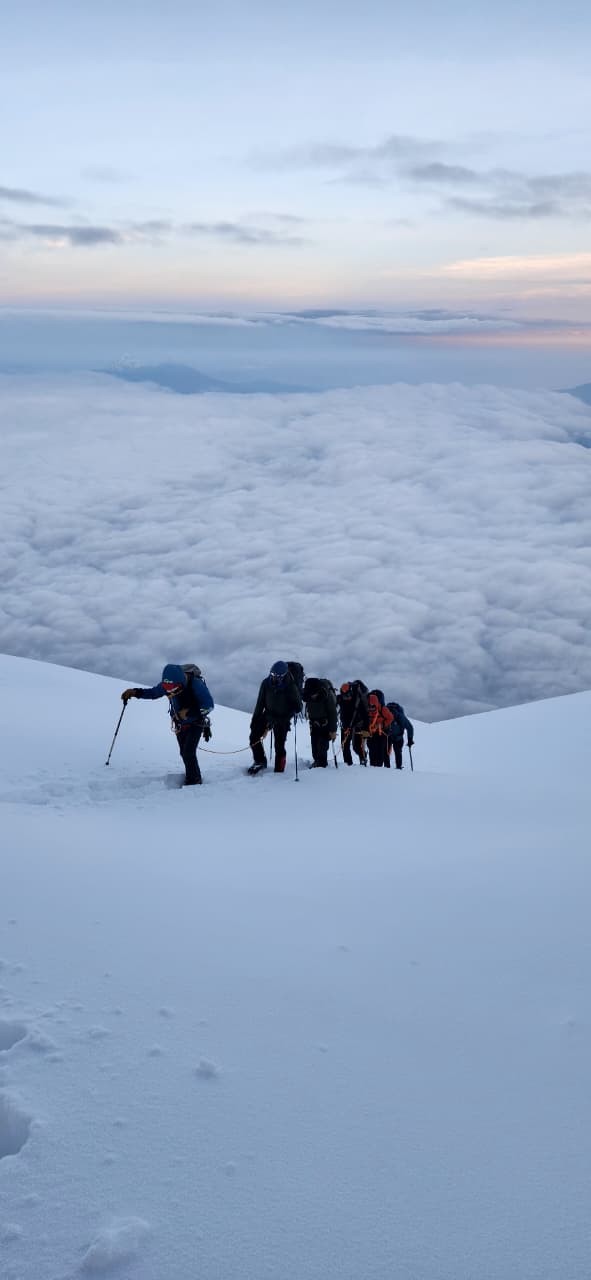
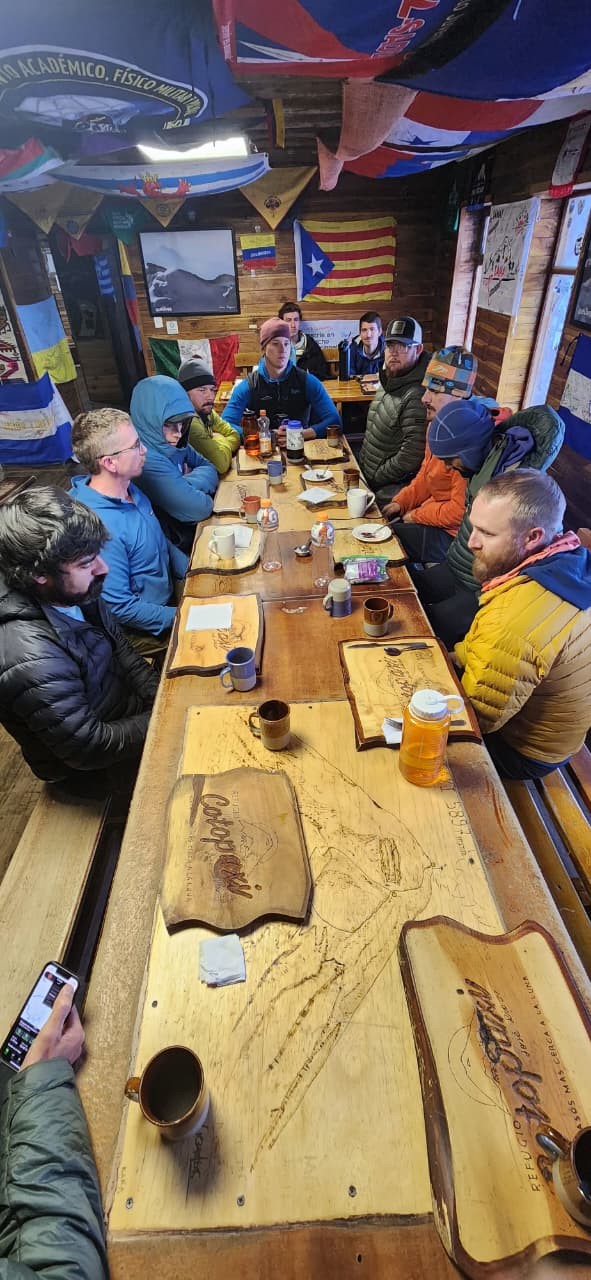
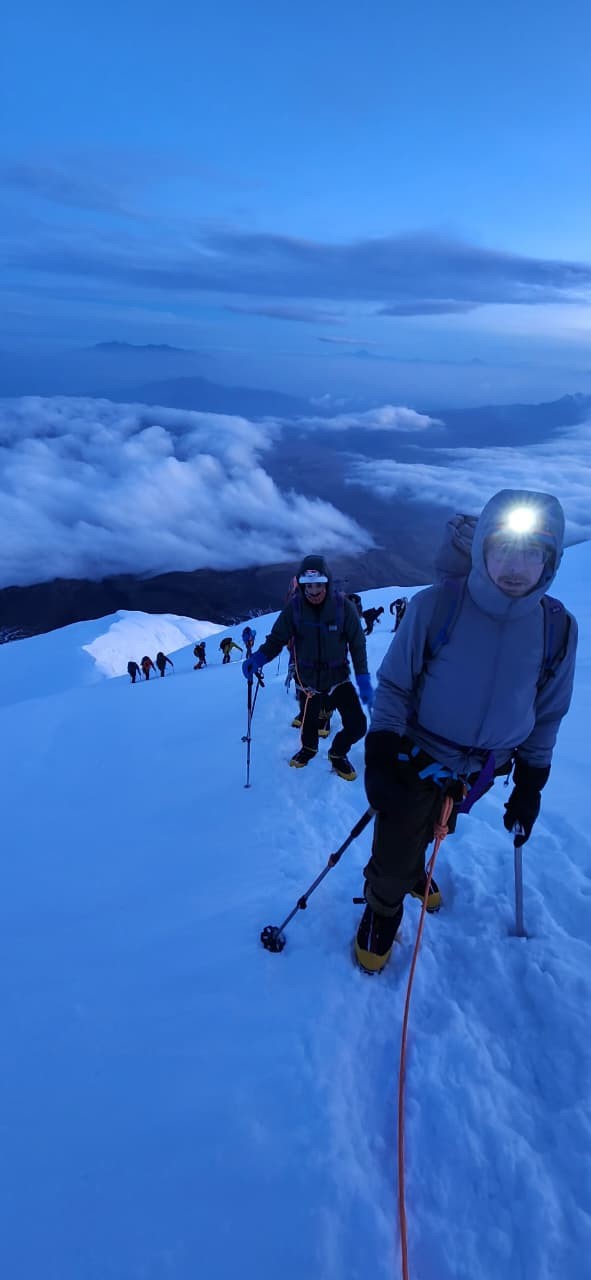
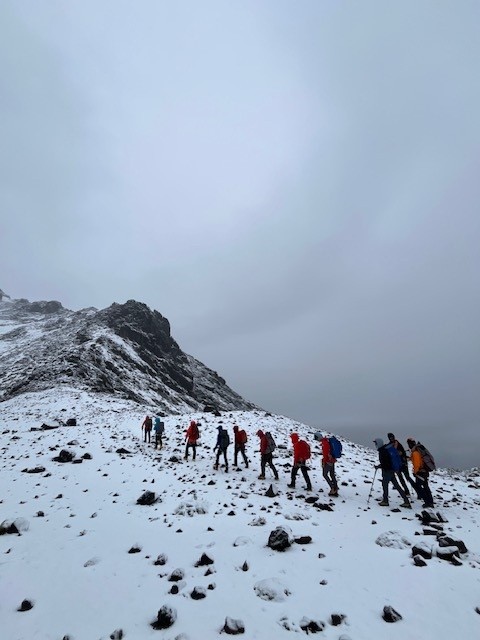
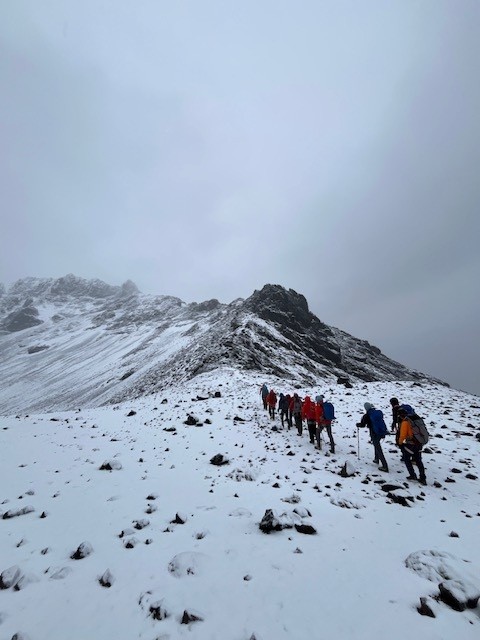
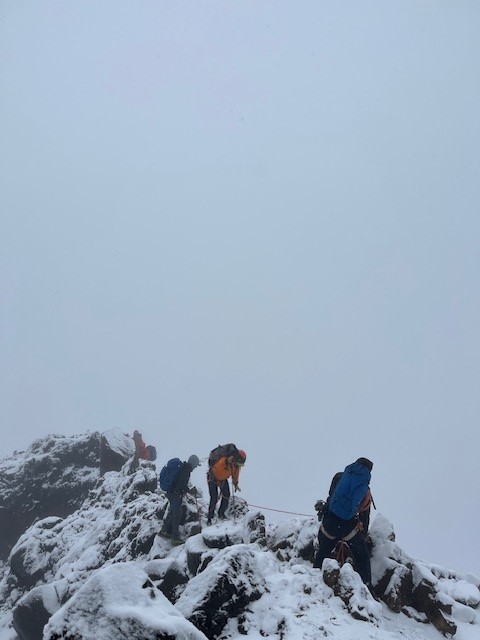
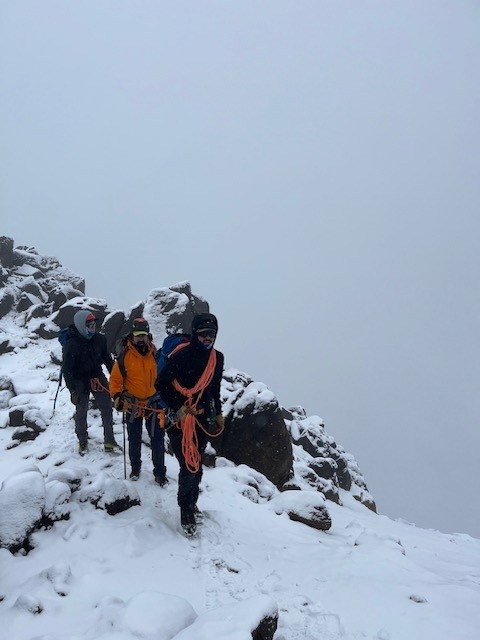
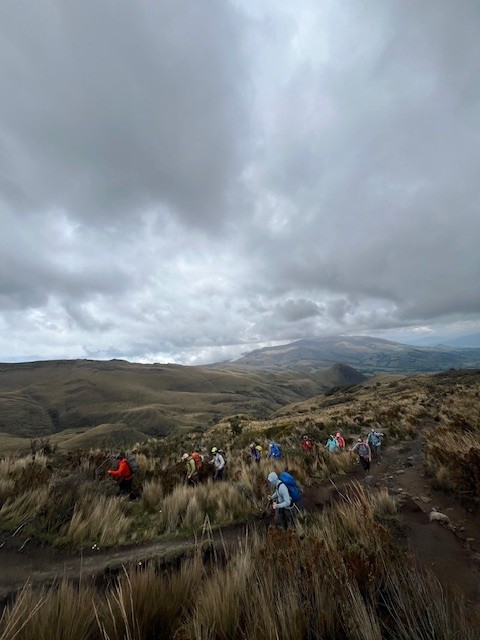
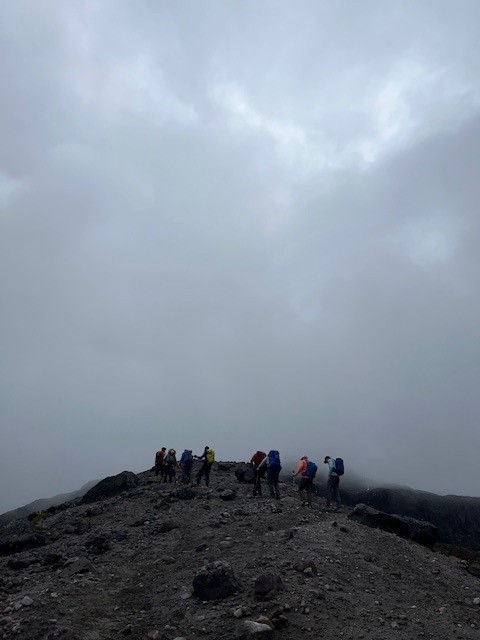
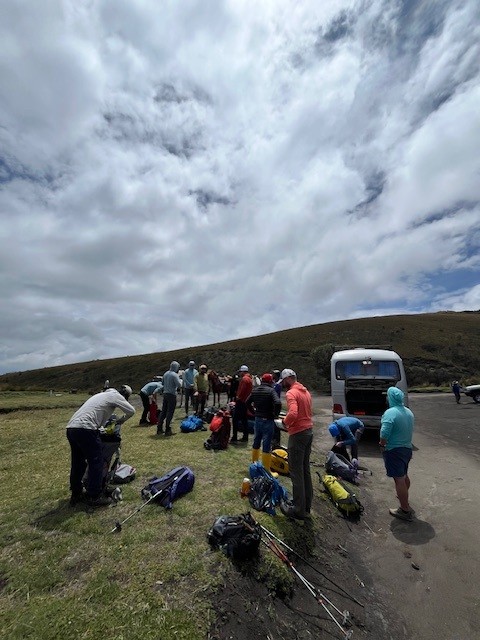
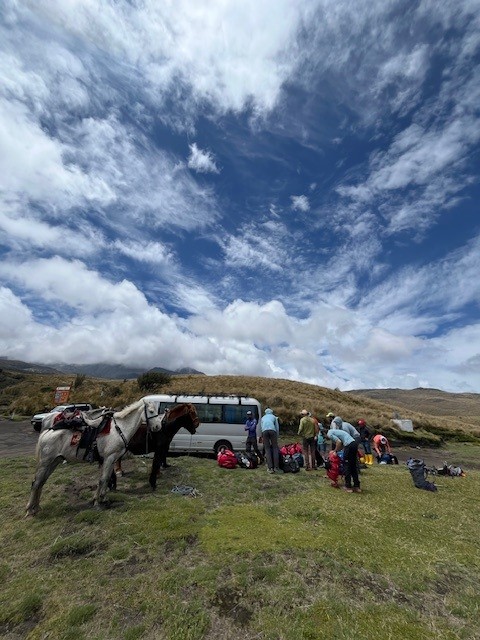
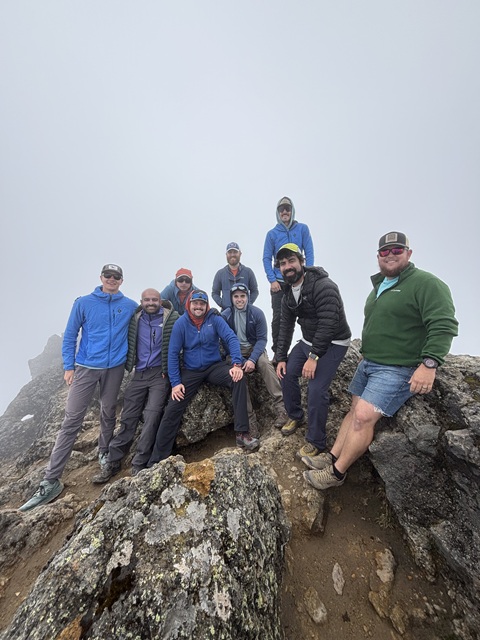
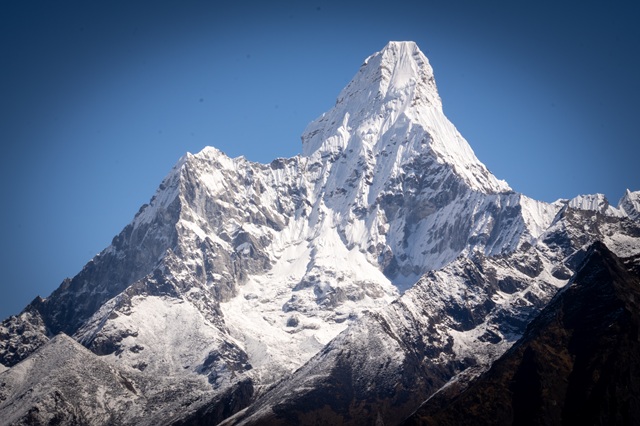
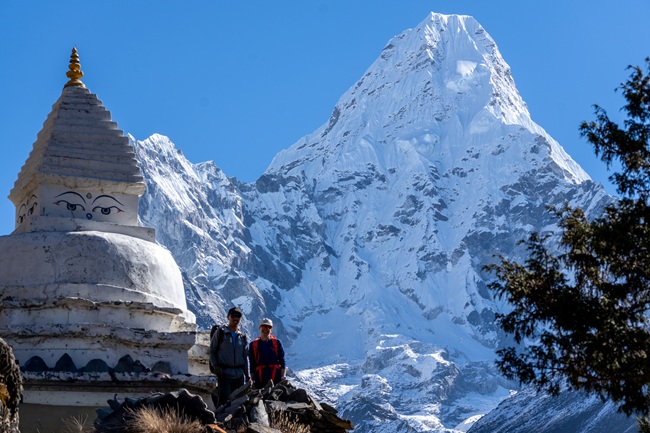

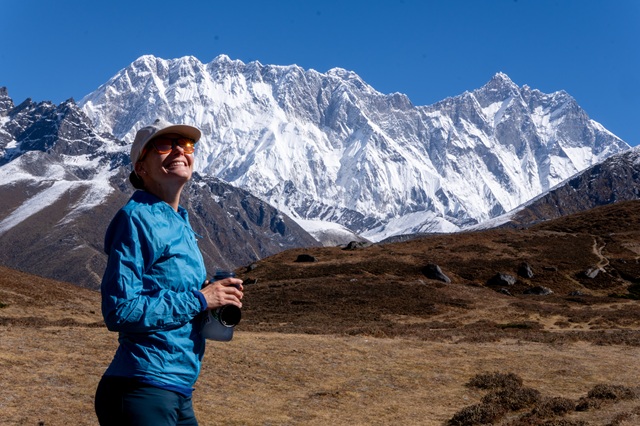
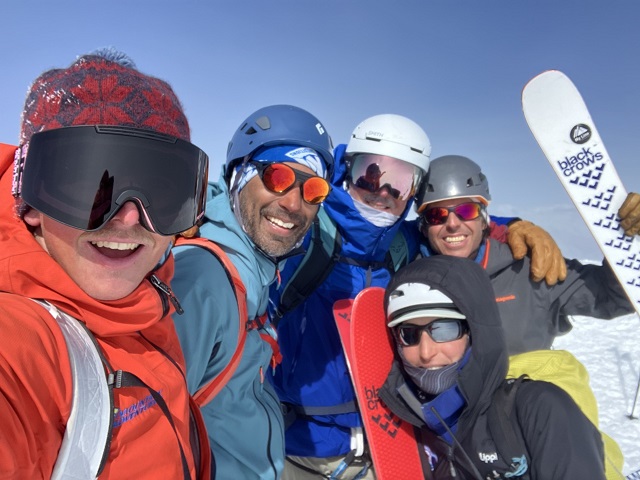
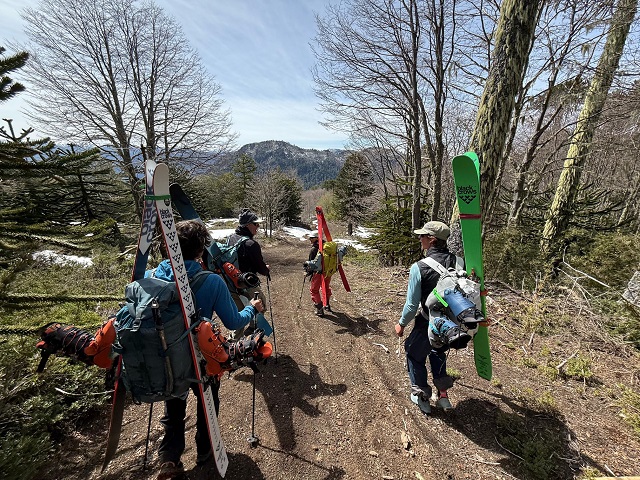
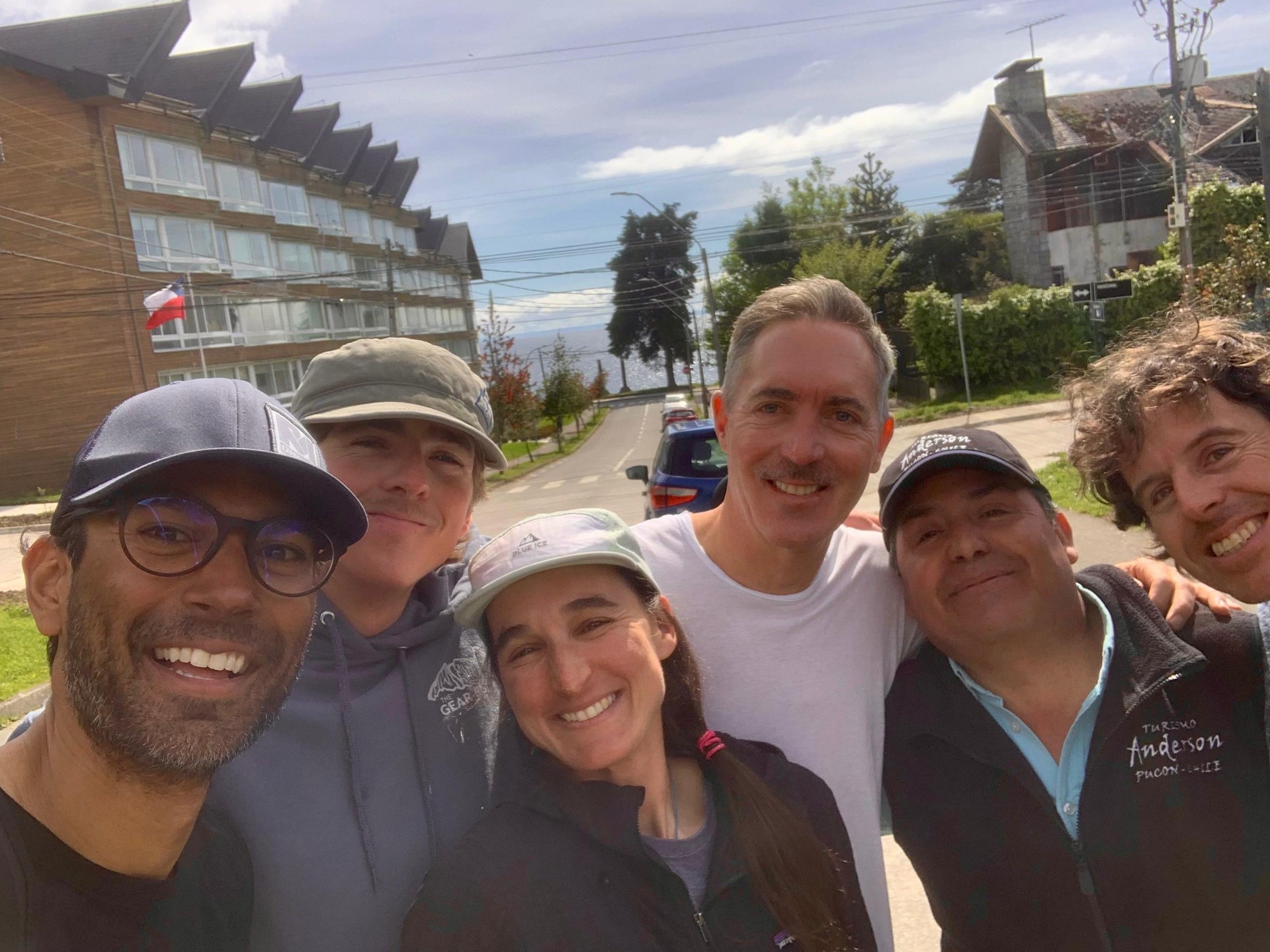
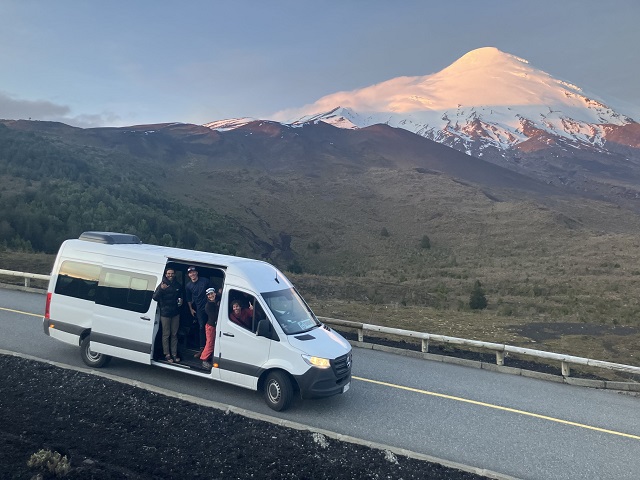

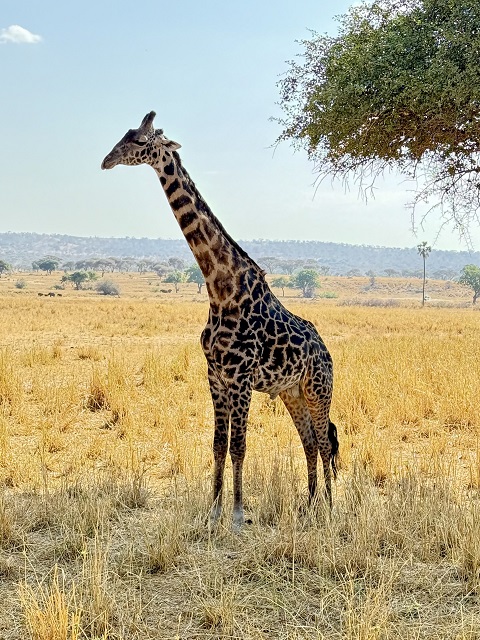






Sounds like everything is going well so far. Banx is being a good boy but I’m sure he misses you (Charlie and Sara), because we miss you. Keep it up! Love you. Mom and Dad.
Posted by: Deb on 7/19/2019 at 3:52 pm
“Thinking of and talking about you from a hospital room at rehab!” -Uncle Terry
We love you guys!!!! Uncle Terry said he’ll do it again with you next year!
Posted by: Casey Kluttz on 7/19/2019 at 12:47 pm
View All Comments